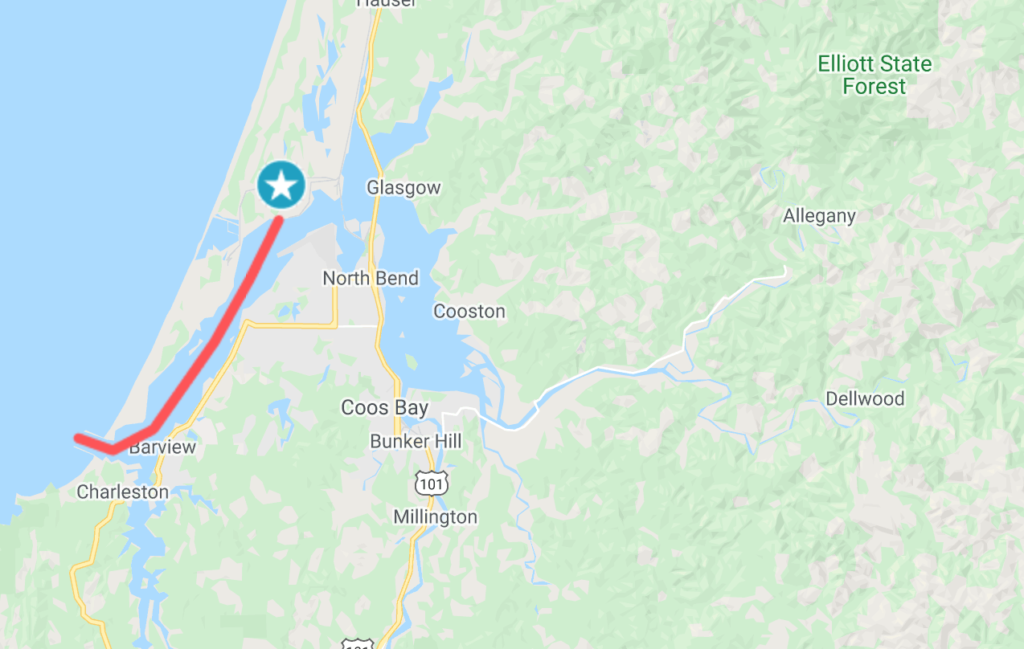Federal Energy Regulatory Agency (FERC) has backed the state of Oregon ’s decision to deny the water permits on the Pembina Corporation LNG project for the state, blowing away the hopes of the company to start operations on the Jordan Cove project in 2025.
FERC had already approved Pembina Corp’s plan to build the LNG terminal on the state’s coast; on March the company received approval; even the Trump administration tried to fast track the environmental permits for the project, as it would have been closer to its big market.
Nevertheless, opposing groups and environmentalists argued that the project was detrimental to the state’s environmental harmony; amid the opposition, the state’s authorities decided to deny the water permits for the Jordan Cove project; to what Pembina official reacted.
They asked FERC to review the state’s decision and to override the denial, saying Oregon’s officials have waived their authority under the federal Clean Water Act. Still, FERC unanimously decided not to override the state’s decision and to maintain the denial.
Supporters of the project argued that, as the LNG terminal would have been in the West Coast, it would have been closer to the growing demand in Asia, as other LNG terminals are located in the Gulf Coast and have to circle through the Panama Canal, recently congested.
Recommended for you: RWE expands its renewable portfolio with 2 wind farms in Oklahoma and Texas
Project’s relevance in Oregon
The Jordan Cove project is intended to be constructed in the Coos Bay, in Oregon; through the Pacific Connector Gas Pipeline it is supposed to transport liquified natural gas from the Malin Hub of southern Oregon to the export terminal in the coast.
It is designed to produce nearly 7,5 million tons of natural gas annually, the equivalent of 1 billion cubic feet per day; enough to supply five million Oregon families for a whole day. It’s also intended to include five liquefaction trains, two LNG storage tanks and the 229-mile Pacific connector pipe mentioned above.


“At every stage of the regulatory process, I have insisted that the Jordan Cove LNG project must meet Oregon’s rigorous standards; for the protecting of the environment, or it cannot move forward,” stated about the project Oregon’s governor Kate Brown, quoted by Reuters.
The project is intended to create more than 6000 construction jobs at the peak of its construction, in addition to estimated 8,500 jobs in crossed sectors like hospitality, retail, tourism and healthcare. It may bring $60 million in new tax revenue for the state every year.

